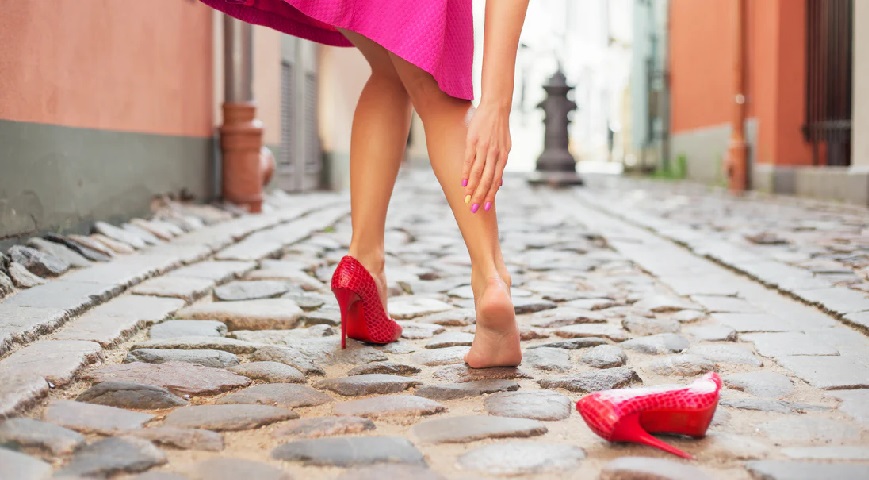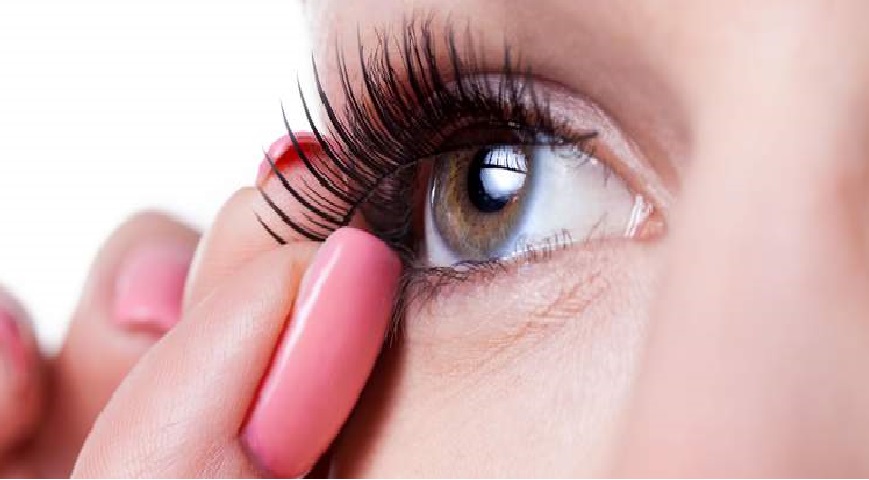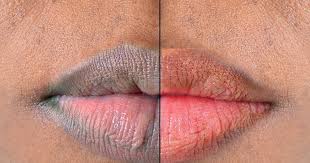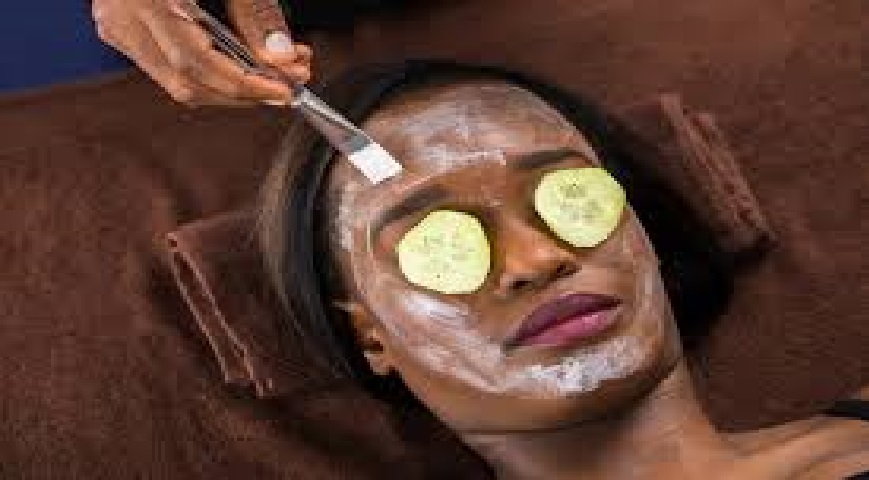Although wearing high heels may add style and confidence to any ensemble, it's crucial to wear them sparingly and with the appropriate shoes.
Women's high heels have long been a staple in their wardrobes. They lengthen the legs, add height, and increase the wearer's self-esteem. But not all high heels are made equal, and some can seriously injure your body and feet. These are a few reasons why not every pair of high heels is healthy for you.
1. Foot Stress
First, the legs, ankles, and feet may become strained due to the height of the heel. The thin, tall stiletto heel placed on top of high heels can create pain in the ball of the foot by applying additional pressure to the front of the foot. Furthermore, wearing high heels increases the risk of developing foot pain-causing disorders like Morton's neuroma and plantar fasciitis.
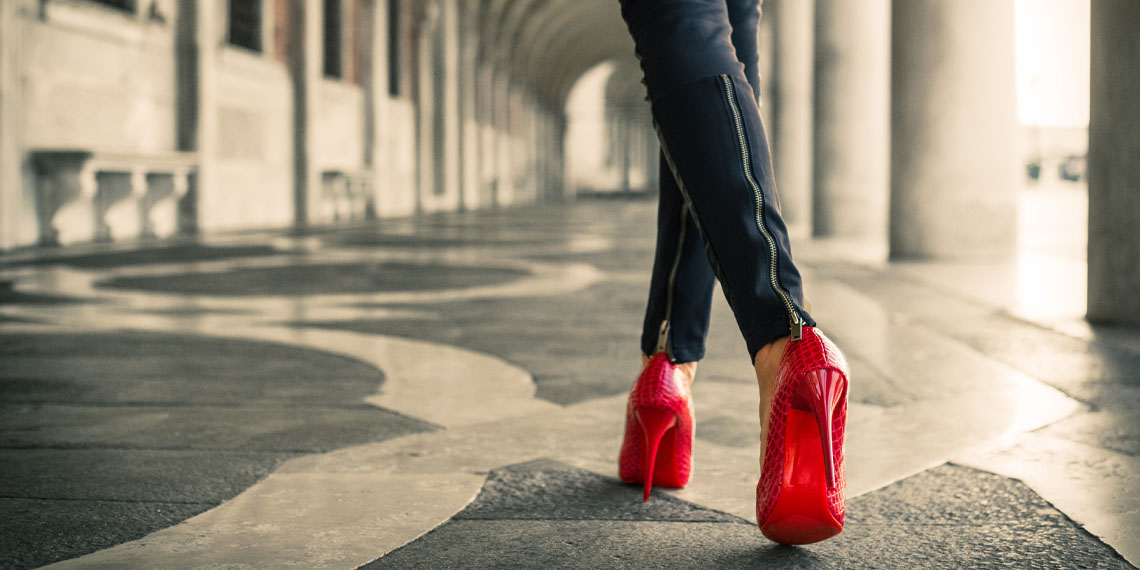
Did you read this?
2. Difficulty with Balance
Secondly, the shoe's design may impact your balance and posture. Your toes may cramp up in high heels that are excessively narrow or too pointed, causing pain and discomfort. Furthermore, a change in the heel's angle may result in a movement in the center of gravity, making maintaining balance more challenging. This can make falls more likely and result in injuries, especially for older women or people who have balance problems.
3. Material Used To Make The High Heel
The materials used to make high heels can also be harmful. Shoes made with synthetic materials can cause skin irritation, blisters, and fungal infections. High heels made with poor-quality materials can easily break or wear out, leading to pain and discomfort.
4. Effect On The Neck And Back
Wearing high heels for extended periods can also cause problems. The pressure on the feet, ankles, and legs can lead to swelling, soreness, and even nerve damage. This can also cause problems with the spine, as the way you walk in high heels can affect your posture and put extra stress on the back and neck.
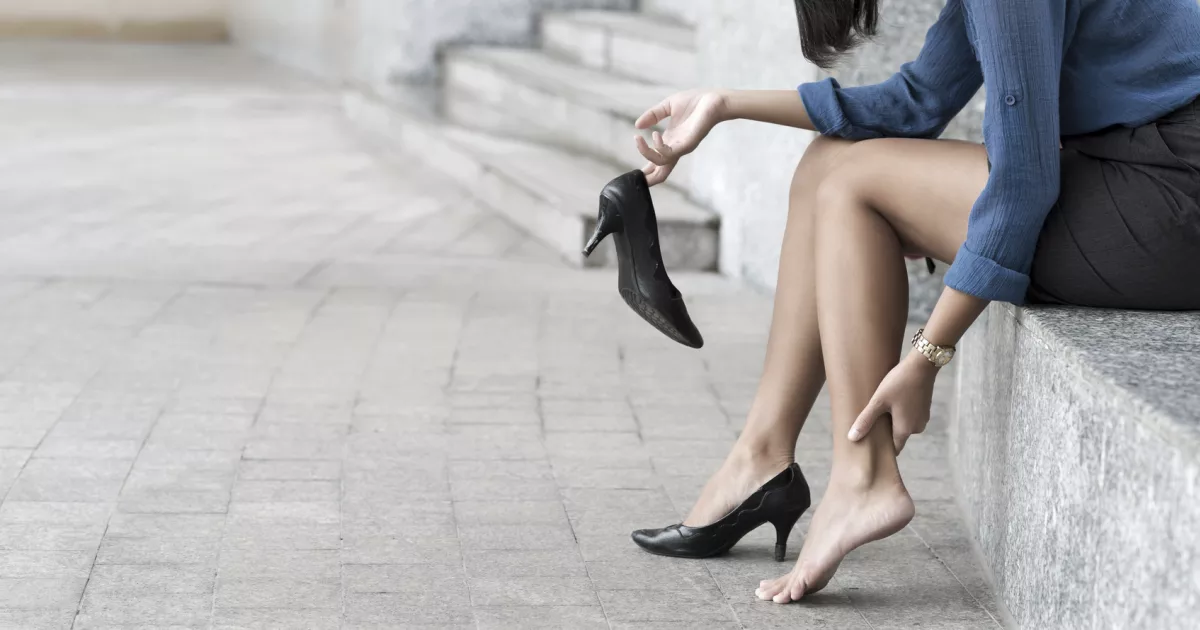
5. Difficulty with Balance
Secondly, the shoe's design may impact your balance and posture. Your toes may cramp up in high heels that are excessively narrow or too pointed, causing pain and discomfort. Furthermore, a change in the heel's angle may result in a movement in the center of gravity, making maintaining balance more challenging. This can make falls more likely and result in injuries, especially for older women or people with balance problems.
6. Choose The Right Type
While high heels can be a stylish and confidence-boosting addition to any outfit, choosing the right type and wearing them in moderation is essential. Before making a purchase, consider the heel's height, the shoe's design, the materials used, and the length of time you will be wearing it. By being mindful of these factors, you can enjoy the benefits of high heels without sacrificing your comfort and health.

